How to Read an IFR Approach Chart
Pilot Institute
FEBRUARY 22, 2025
Flying under Instrument Flight Rules (IFR) can, at times, feel like deciphering a complicated puzzle, especially when you’re staring at an approach chart filled with intricate details. Approach charts, often referred to as approach plates, become your guide when visual cues are scarce. Approach minima.

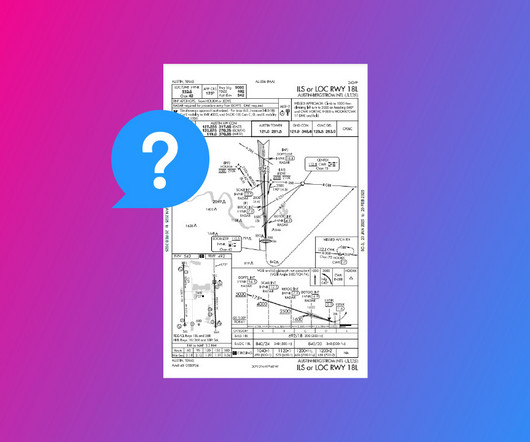

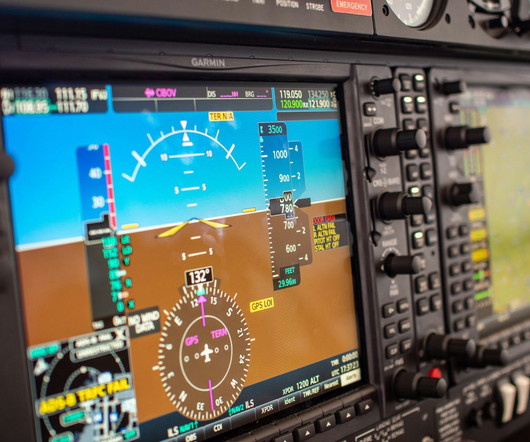
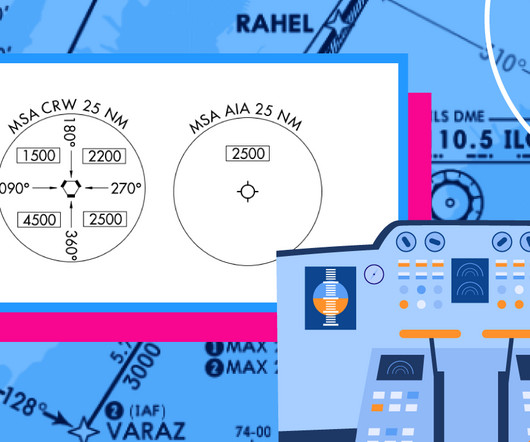

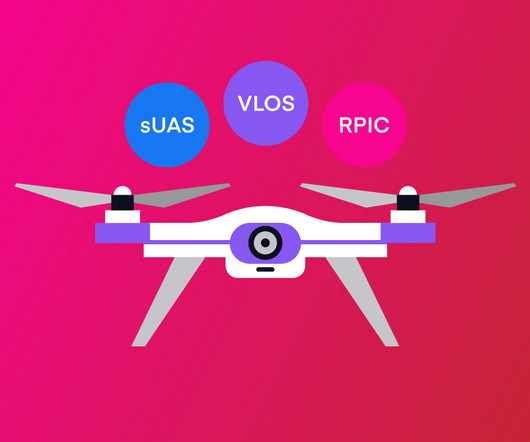
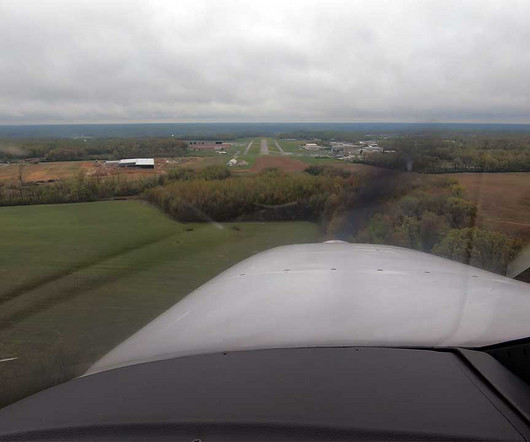

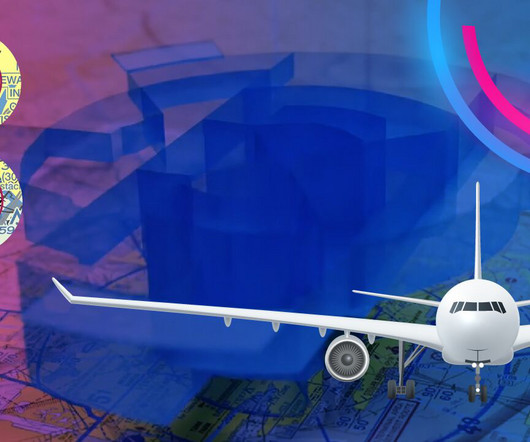
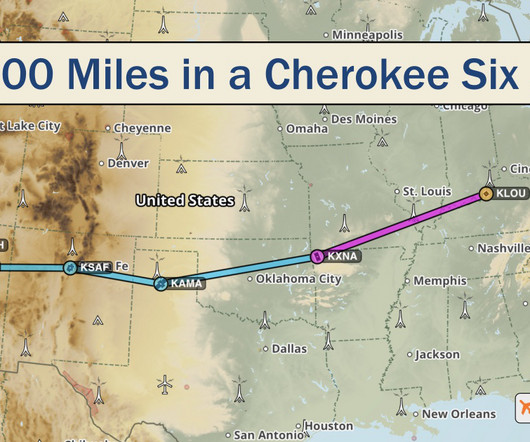
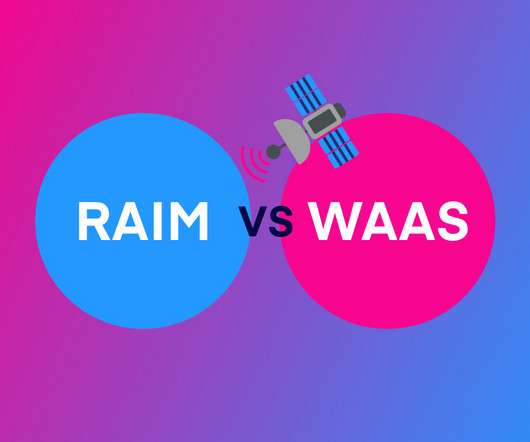

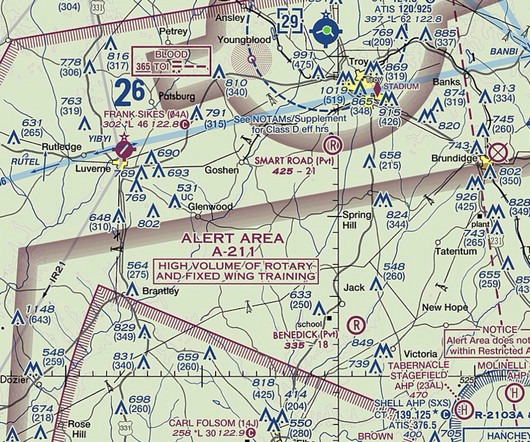






Let's personalize your content